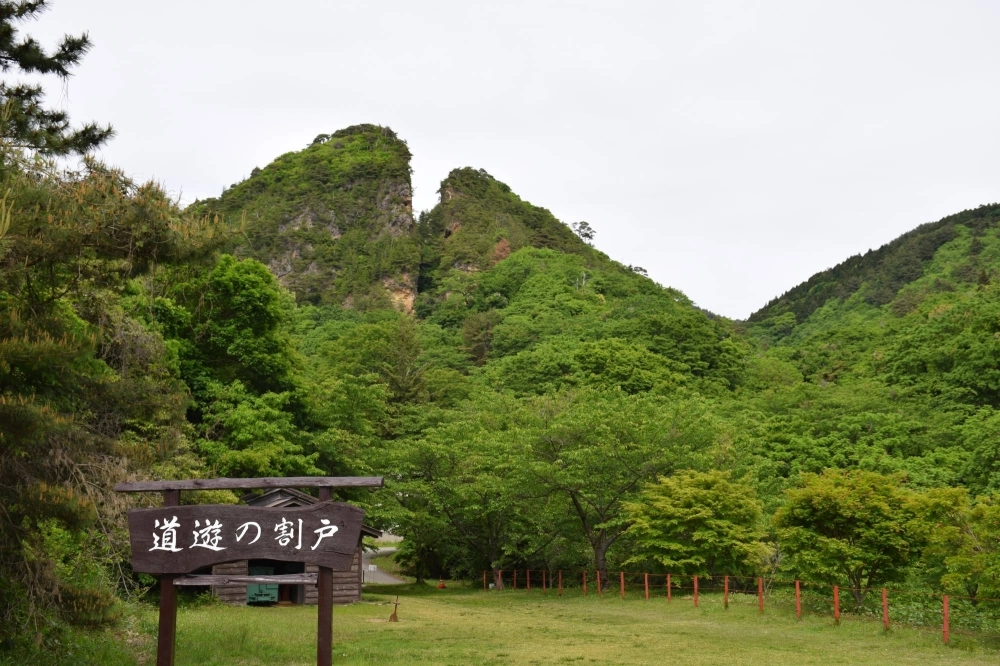The first thing you notice alighting from the ferry at Ryotsu on Sado Island is the absence of convenience stores.
This generates a modern sense of the despair doubtless felt by those banished there over the centuries, far from the comforts of civilized places like Edo (now Tokyo) or the imperial court at Kyoto. For a former emperor going into exile, those lost comforts would have included a scrum of courtiers ready to fawn over your latest poetic musings. Exile was a collective punishment, so they would have had family members to fill that void. For the vast majority of those who weren’t of noble birth, exile simply meant a lifetime of toil and privation far from home.
As a law professor, my interest in visiting Sado was twofold: punishment and gold. The Sado Gold Mine, once one of the most productive mines in the country, has a story to tell. And with the mine up for recognition as Japan’s newest UNESCO World Heritage Site, a decision on which could be reached imminently when the World Heritage Committee meets in New Delhi from July 21, what better time to look at how this island so far away from Japan’s political and cultural poles is nonetheless inextricably linked to them.


















With your current subscription plan you can comment on stories. However, before writing your first comment, please create a display name in the Profile section of your subscriber account page.